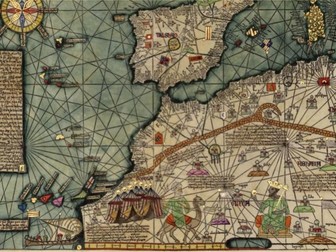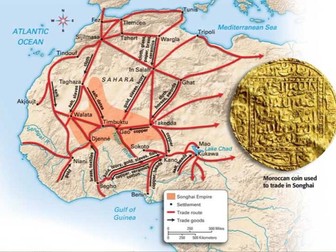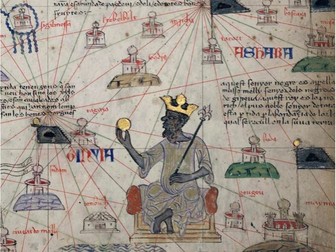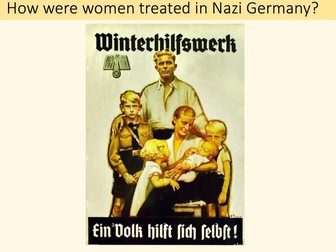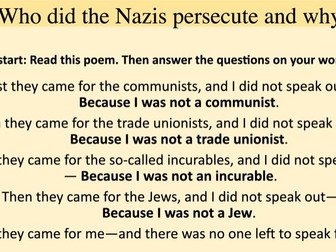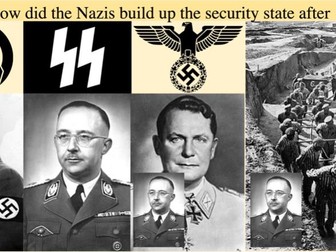Mansa Musa: Mali's wider connections
<p>Lesson two in this three-lesson sequence recaps and recalls Mansa Musa’s status and wealth, draws comparisons with Mali’s contemporary European societies (to illustrate how many of the power structures and drivers were the same), then centres on Musa’s Hajj and the way that showed the world Mali’s wealth and sophistication. Pupils should also learn about Timbuktu as an important centre of learning, which is a lead-in to lesson three.</p>
